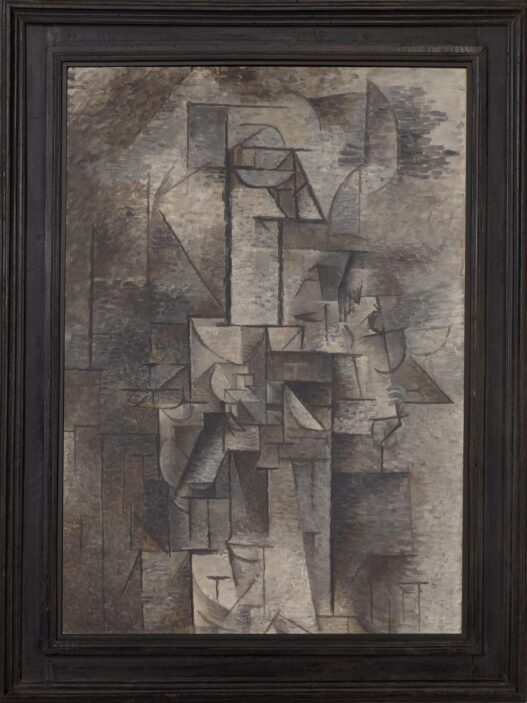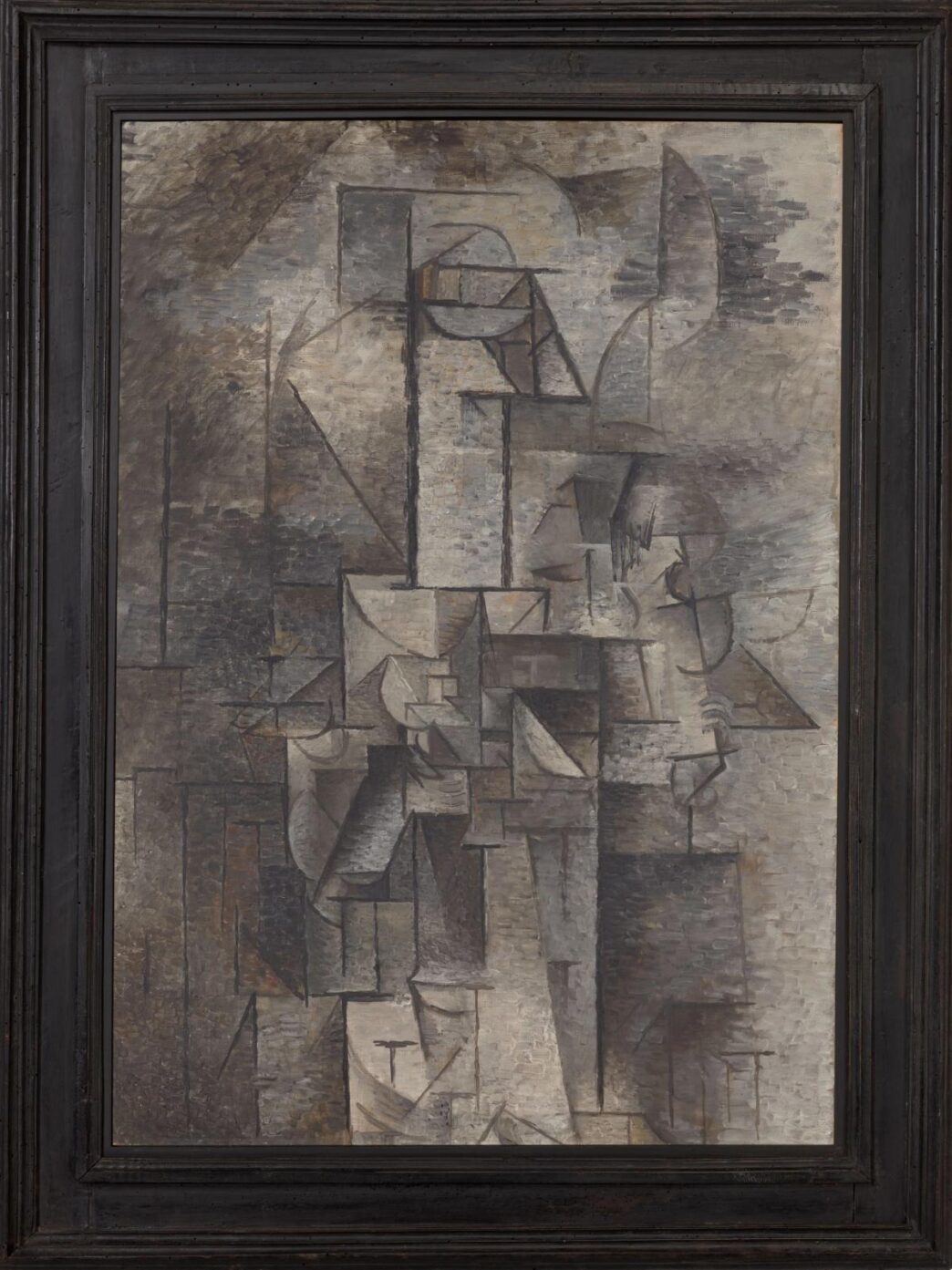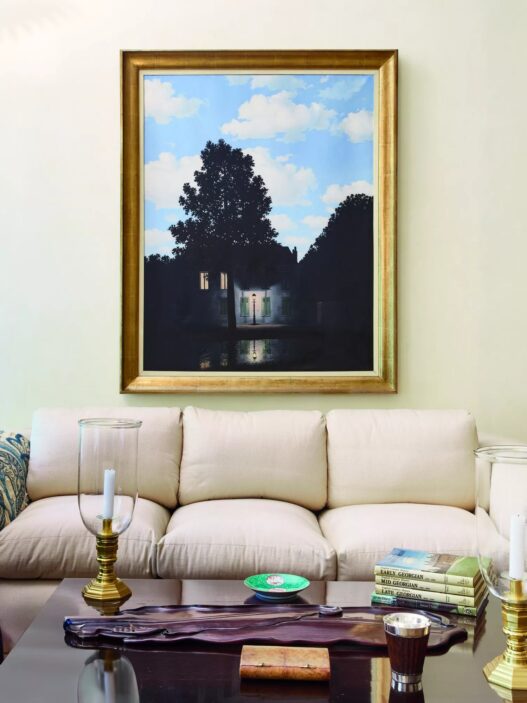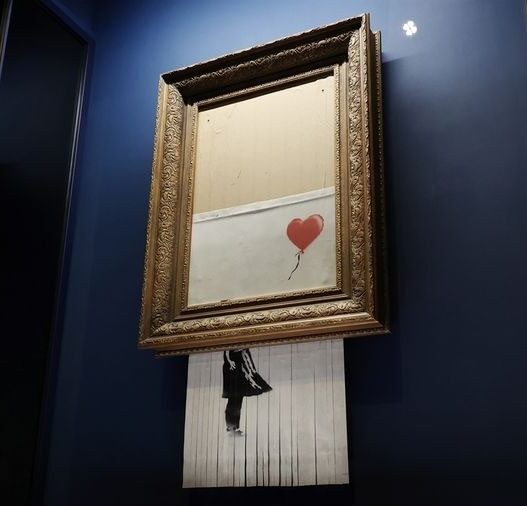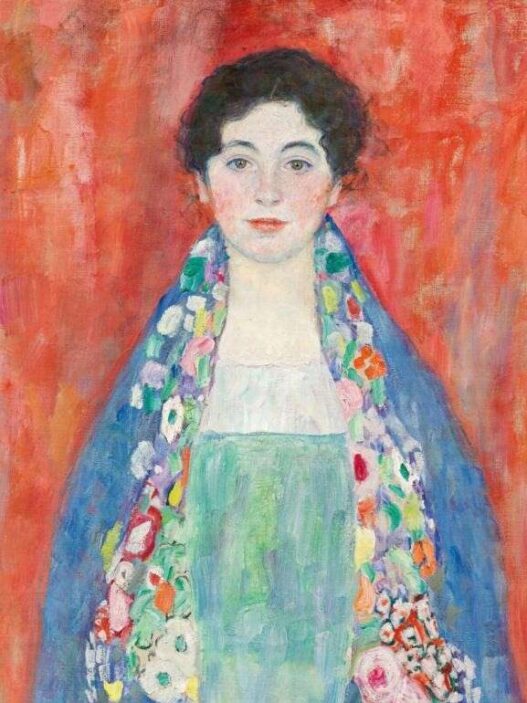Pablo Picasso’s renowned cubist painting Femme au violon has officially found a permanent home in the Pinakothek der Moderne. Announced on September 14, 2024, by Bavarian Arts Minister Markus Blume, the acquisition marks the culmination of years of negotiations and collaborations between German cultural institutions, private patrons, and political bodies. The painting had been on loan to the museum since 2014 but will now remain in Munich thanks to the collective financial support of foundations and benefactors.
The Femme au violon—a masterwork from Picasso’s Cubist period—stands as a critical representation of the artist’s groundbreaking approach to form and composition. The painting now joins a collection of works by Picasso, Georges Braque, and Juan Gris, which have been part of the museum’s holdings since 1971. This acquisition further enhances Munich’s reputation as a cultural hub for modern art.
A Collaborative Victory for Art in Bavaria
The acquisition was made possible through the collaboration of several key players, including the Kulturstiftung der Länder, the Ernst von Siemens Kunststiftung, and private patrons like Fritz Schäfer. In his announcement, Arts Minister Markus Blume likened Femme au violon to a “cubist version of Mama Bavaria,” symbolizing the deep cultural significance of the acquisition for the state of Bavaria.
Blume emphasized the power of collaboration, stating: “This acquisition represents an exceptional partnership between politics, foundations, businesses, and private philanthropy. It is a grand achievement for Bavaria’s cultural institutions, and we are thrilled to welcome Femme au violon as a permanent resident of Munich.”
Claudia Roth, Germany’s Minister of State for Culture, echoed these sentiments, celebrating the painting’s historical importance and its value to Germany’s art scene: “This acquisition ensures that this masterpiece of Cubism, which played a pivotal role in Picasso’s career, remains accessible to the public and preserved for future generations.”
The Return of a Masterpiece to its Historical Roots
This acquisition holds particular significance for Munich, where the painting was first exhibited in 1913 during Picasso’s inaugural retrospective, organized by art dealer Heinrich Thannhauser. Alongside Femme au violon, works like Fächer and Kristallschale—which have been part of the Bavarian State Painting Collections since 1971—were also shown in this historic exhibition.
Dr. Bernhard Maaz, Director General of the Bavarian State Painting Collections, acknowledged the historical importance of the acquisition: “Femme au violon represents not only a major achievement in the history of Cubism but also deepens Munich’s connection to Picasso and his works. The fact that this piece is now permanently housed here is a milestone for the museum.”
Preserving Picasso’s Legacy Through Partnership
The process to acquire the painting was initiated in 2022 by the Ernst von Siemens Kunststiftung, which covered a quarter of the total cost. Dr. Martin Hoernes, Secretary General of the foundation, called the acquisition a fitting homecoming for the painting: “It was first shown in Munich in 1913, and now, over a century later, it returns to the city permanently.”
The Femme au violon will now be featured in a special exhibition in the museum’s Saal 29, alongside other notable cubist works from the collection. Visitors will have the opportunity to explore the profound impact of Cubism, a movement spearheaded by Picasso and Georges Braque, who revolutionized traditional painting techniques by fragmenting form and rethinking spatial relationships.
Celebrating a Momentous Acquisition for Bavaria
The acquisition of Femme au violon highlights the strong commitment of German institutions to preserving and celebrating cultural heritage. Prof. Dr. Markus Hilgert of the Kulturstiftung der Länder reinforced this point, stating: “This painting is not only vital for understanding the development of Cubism but also for its deep connection to Munich and its exhibition history. We are proud to have supported the Pinakothek der Moderne in securing this masterpiece for Germany.”
As one of the largest acquisitions by a German museum in recent decades, Femme au violon stands as a testament to the enduring importance of Picasso’s work and the strength of cultural cooperation between public and private entities.









